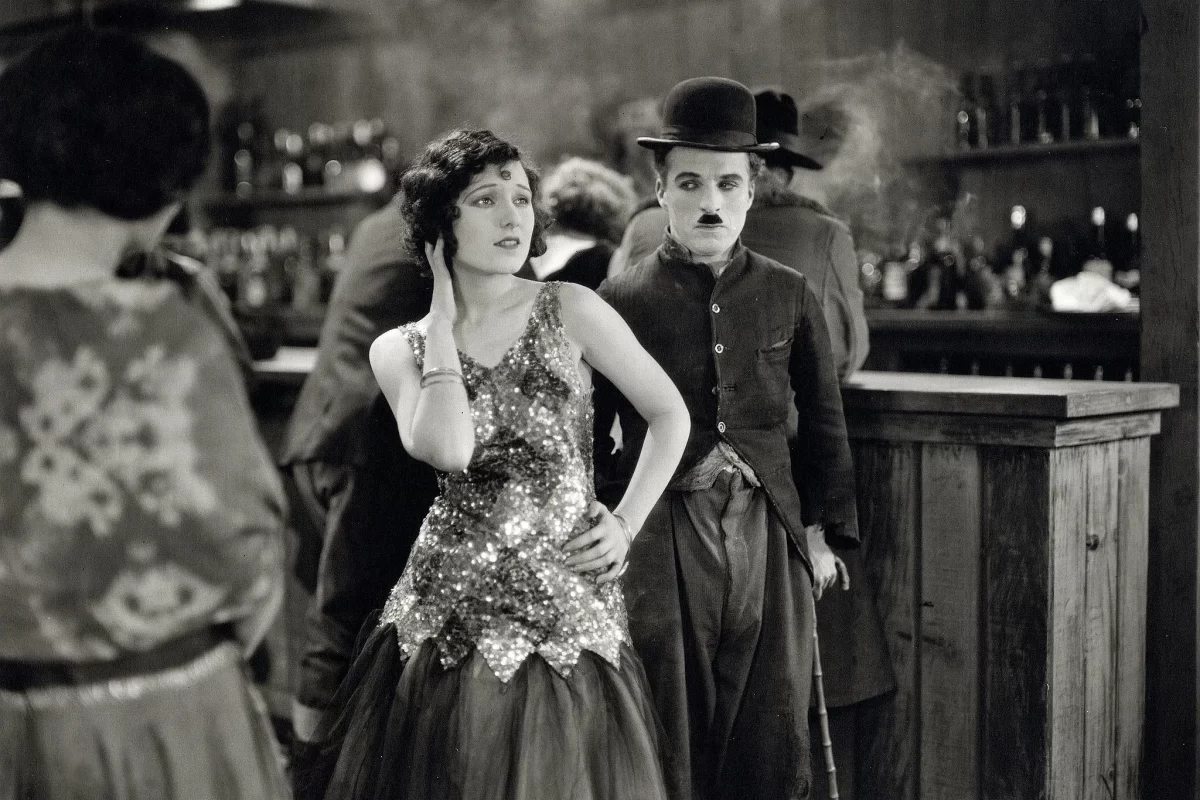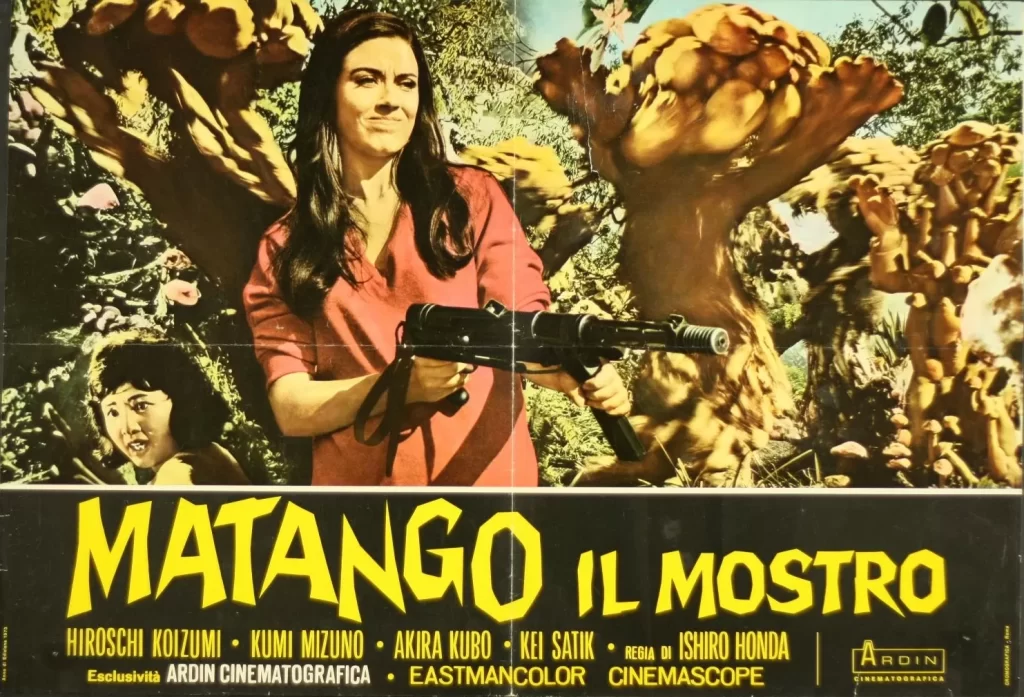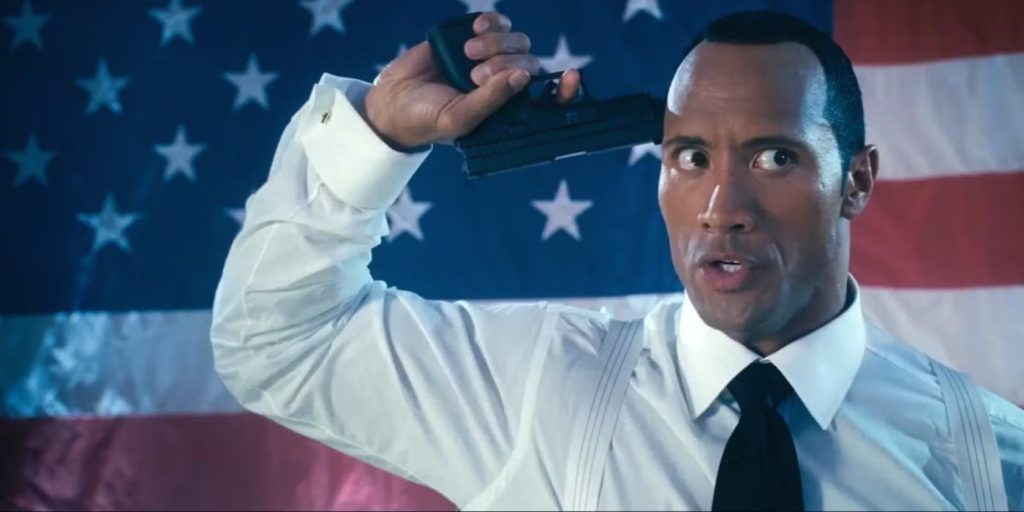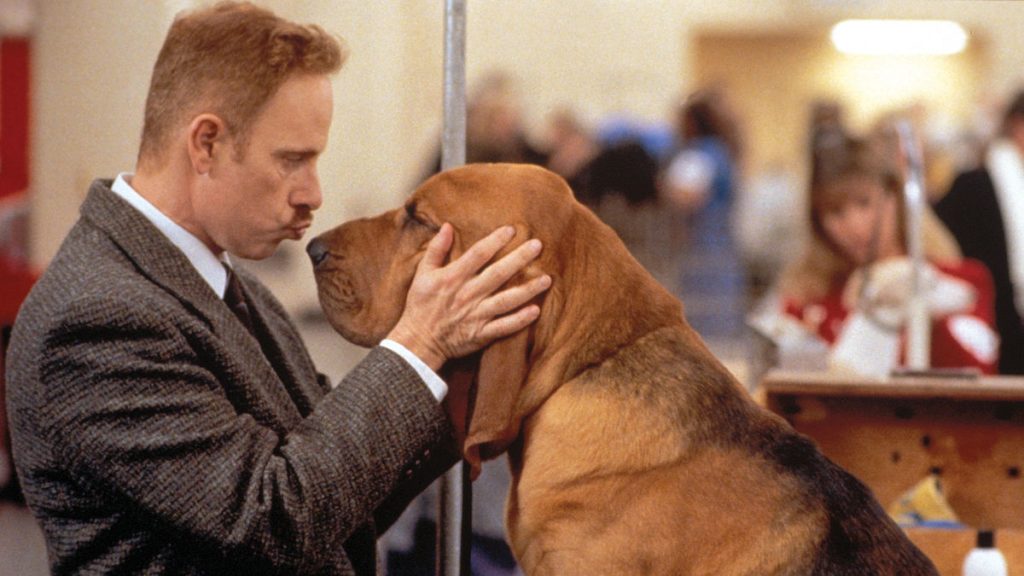On June 26, 1925, Charlie Chaplin made a splash when he premiered The Gold Rush, one of his finest contributions to the comedy genre. Exactly a century later, and following a triumphant showing at the Cannes Film Festival, the movie is being screened in multiple venues all over the world to mark the occasion, including a highly anticipated open-air cine-concert, with live music, at Il Cinema Ritrovato, one of the foremost festivals devoted to rediscovered and restored films.
This is an apt choice, as the Cineteca di Bologna, the archive that runs the festival, is also one of the key driving forces behind the new restoration alongside Criterion, and has been a key player in the field for years when it comes to the silent comedian’s work. Spearheaded by film historian Cecilia Cenciarelli (one of the four heads of Il Cinema Ritrovato), the so-called Chaplin Project is one of the most important initiatives undertaken in the context of archival and preservation work (naturally, Chaplin’s peer and occasional rival Buster Keaton has also received the same treatment).
Given Chaplin’s status in cinema history, one might assume restoring his work is easier than for other filmmakers of the silent era, particularly when it comes to the feature-length efforts (shorts are a different matter, as exemplified by the recent Laurel & Hardy discs, where some films require textual summaries to fill the gaps left by missing scenes). The Gold Rush, in particular, is far from obscure, having enjoyed immense success from the get-go. As recounted in this year’s Cinema Ritrovato catalogue, the lore surrounding the original release includes projectionists supposedly having to rewind a specific reel because audiences wanted to watch the famous bread roll scene again.
And yet, it wasn’t always a given that one could see the movie as originally released. Chaplin famously tinkered with his work in later years, re-releasing many of his films with new original scores he had written himself. In the case of The Gold Rush, he went further than that, by actually re-editing the whole picture, reshuffling some scenes and removing others, in addition to replacing the intertitles with his own voiceover. This version, released in 1942, was not as warmly received, with some – including, apparently, major directors like Michelangelo Antonioni – openly objecting to the changes that had been made to one of the comedian’s purest pieces of work.
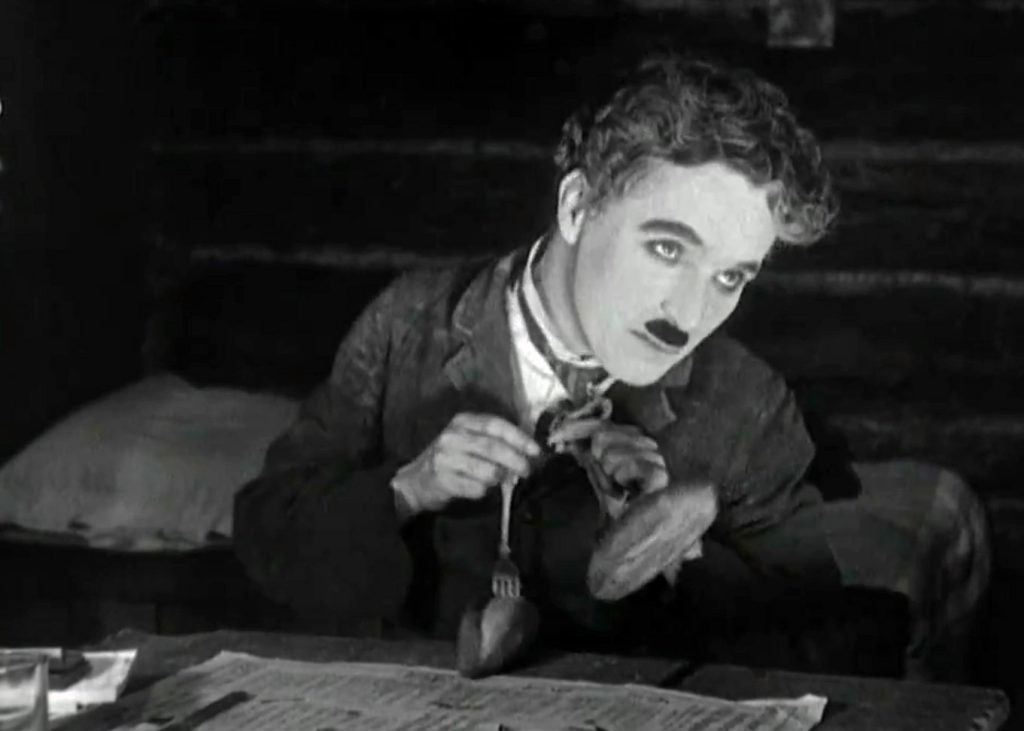
As far as Chaplin was concerned, though, the 1942 re-release was the new definitive version of The Gold Rush, and he really meant it: at his request, prints of the 1925 original were to be permanently disposed of, and throughout his lifetime his lawyers effectively forbade any exhibition of whatever surviving vintage copies there may have been. It was, in a way, the original Star Wars trilogy of its time: impossible to (legally) view in its original form, and not because of studio politics, but because of the film’s own creator. Even the movie’s nebulous copyright status after 1953 (when the original cut allegedly entered the public domain in the US due to a failed renewal) was not necessarily helpful.
Things changed in 1990, when British historian and silent era expert Kevin Brownlow (already instrumental in what became the monumental restoration process for Abel Gance’s Napoléon), assisted by David Gill, began assembling as many surviving elements as possible to reconstruct the 1925 original. It was eventually released on Blu-ray by Criterion in 2012, in an edition that, for the sake of historical accuracy, also included the 1942 cut. Nine years later, the earlier version entered the public domain for good, ending any further attempts from Chaplin’s estate to block its wide release.
Brownlow’s work served as the basis for the new restoration carried out by Bologna’s L’Immagine Ritrovata laboratory, a genuinely herculean task due to the absence of a complete reference print. Fortunately, various archives had been able to recover enough materials to complement what had already been done in the 1990s, allowing viewers to finally see The Gold Rush in a version as close as possible to the original release, a century after its debut. Only this time, it’s highly unlikely there will be any rewinding when the bread rolls come along.
